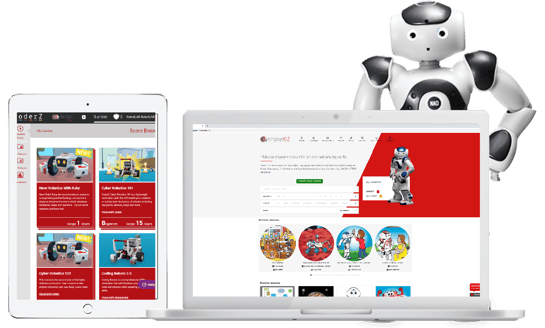 Photo by Solen Feyissa on Unsplash
Photo by Solen Feyissa on Unsplash
Distance learning has provided thousands of students the chance to increase their knowledge on a chosen subject in an accessible and flexible way. During the fall semester of 2014; 5,750,417 students in the U.S. were enrolled in a postsecondary distance learning course. It is clear that distance learning creates opportunities for young adults and professionals that previously weren’t available. However, while students often praise the flexibility of distance learning, they also comment on the isolation that distance learning students can experience.
The development of edtech has created new means of communication that can help to bridge the gap between distance learners. Communication technologies that are now often used in the workplace can also be implemented into a distance learning course to offer more and more ways for students and teachers to communicate in real-time. Though educators about to embark on a distance learning course may feel unsure as to how they can create a sense of community for their students, there are steps and considerations that can be taken to help close the distance in distance learning.
First Impressions
As with all learning communities, it’s important to make a good first impression with your students or fellow classmates. In a physical classroom, teachers can implement ice breaker activities or introductions to make students feel more at ease. Teachers beginning a new distance learning course can achieve this by creating a multimedia introduction for their students. This allows students to get to know their instructor and will can them feel more comfortable in contacting the instructor should they need support. Students can also be asked to provide personal introductions for the class. This eliminates any feeling of communicating with anonymous online users. The ways in which teachers can achieve this are numerous though the technology needed is very basic: a smartphone or webcam and perhaps a video editing program. Ask students to get creative and see what they come up with.
Social Media
The problem with using traditional emails to keep your students up-to-date is that many people neglect or overlook emails in their inbox. On the other hand, 1.15 billion people log onto Facebook mobile daily. Social media tools like Facebook are a familiar form of communication for students that can be used for quick troubleshooting questions, general announcements or mutual support. Creating a page or group chat for a course is quick, easy and effective.
Google Apps
Many edtech savvy classrooms now use Google apps as the basis of their communication and collaboration in the classroom. However G Suite for education can perhaps be used to an even greater advantage with distance learning courses. Providing a communal learning space, albeit virtual, Google Suite includes apps such as Classroom, Drive and Docs. Google Classroom supports lesson planning, assignments, feedback and progress tracking all in one place. Docs allows collaborative editing of documents in real-time that can help to create a sense of teamwork between distance learners. Hangouts means face-to-face interaction and Vault allows efficient archiving of old material for all learners to go back and look at anytime. G Suite provides a complete classroom management system that can be accessed by all parties anytime, anywhere.
Focus on Feedback
Classroom feedback is a key tool for teachers who are looking to review course content and the progress of the course participants. While getting quick feedback from students can be done easily and efficiently in a physical classroom, it often proves difficult in a virtual one. Whether students feel uncomfortable speaking up about a problem they’re having or teachers neglect to create a time and place for student feedback, lack of opinion can cause issues with the flow of communication. Distance learners are much more likely to disengage if they feel unsatisfied. Online polling tools such as PollEverywhere allows teachers to create opportunities for instant feedback in a variety of formats. Ask a question, students reply in real-time using smartphones social media or the internet and responses can then be tracked instantly on the web either anonymously or not.
While distance learning is often a worrying concept for sociable students and teachers alike, there really are a plethora of tools at your disposal. Closing the distance in distance learning has never been so easy.
Discover more ways to create a fun Distance Learning with RobotLAB!



